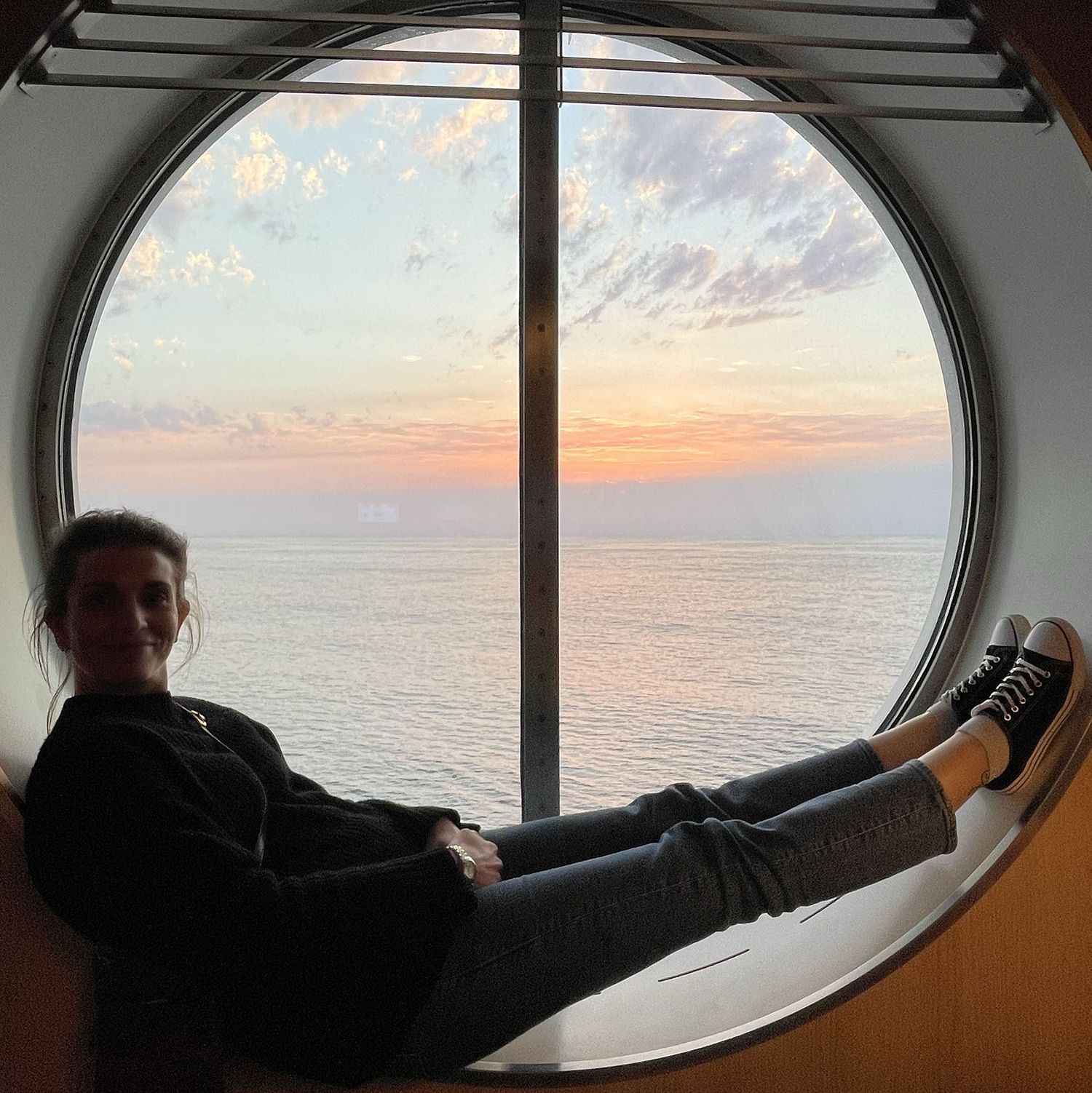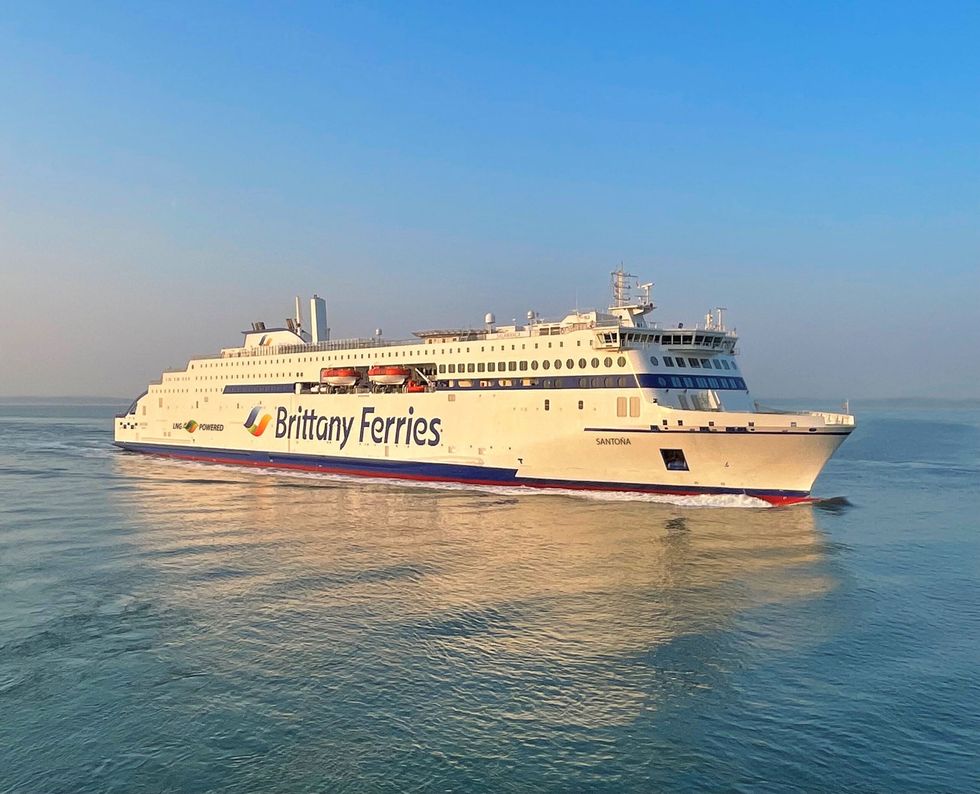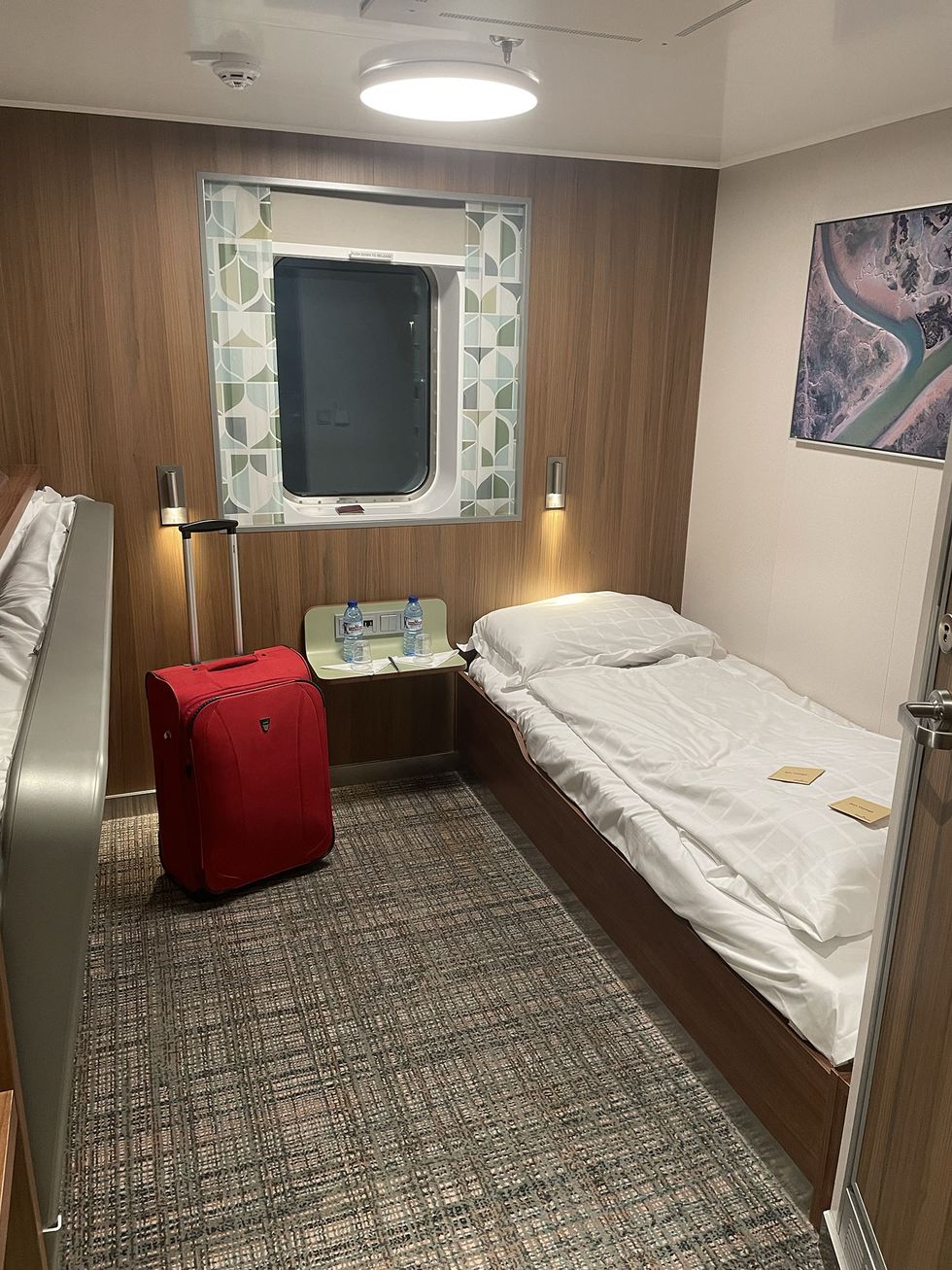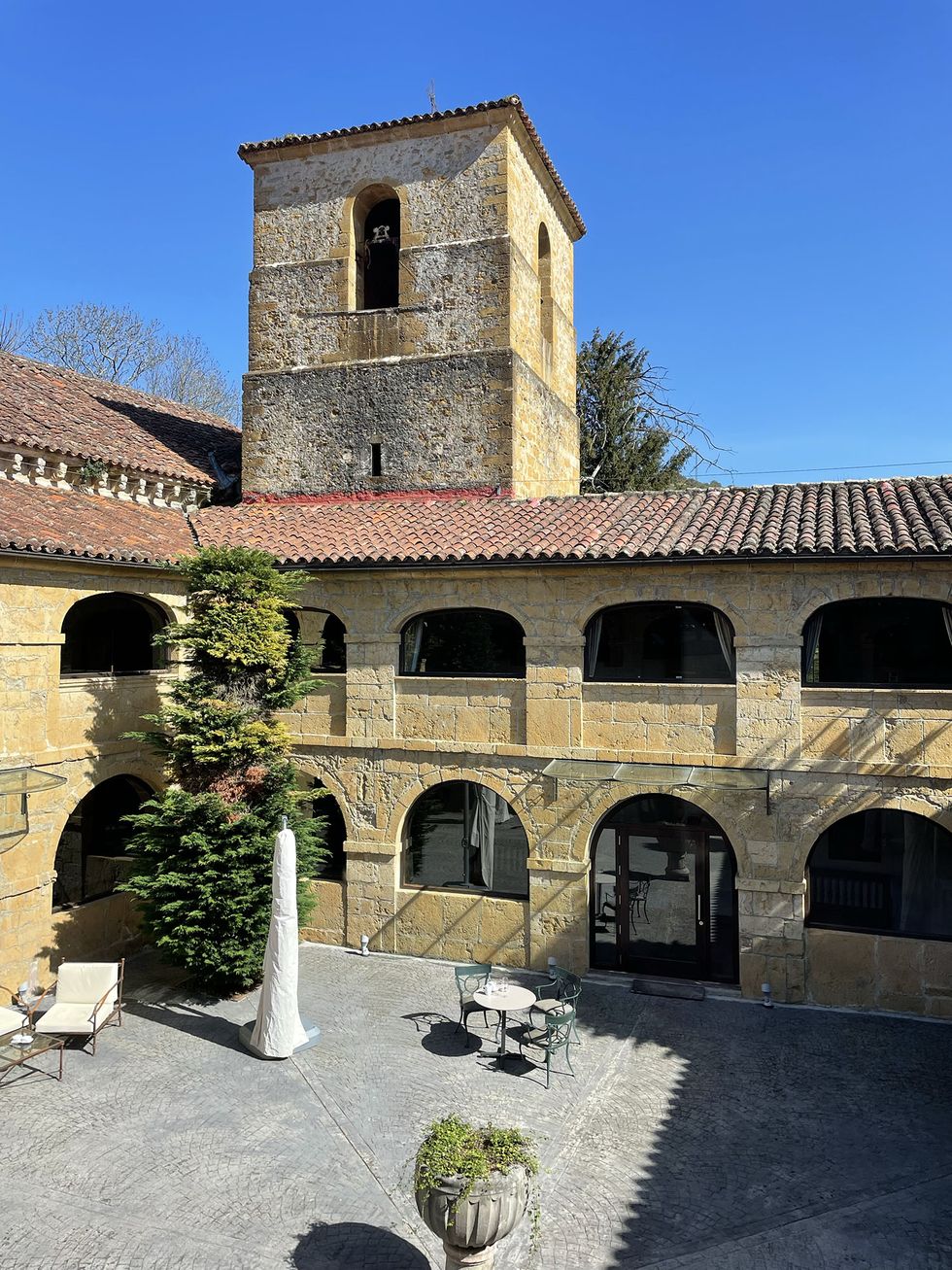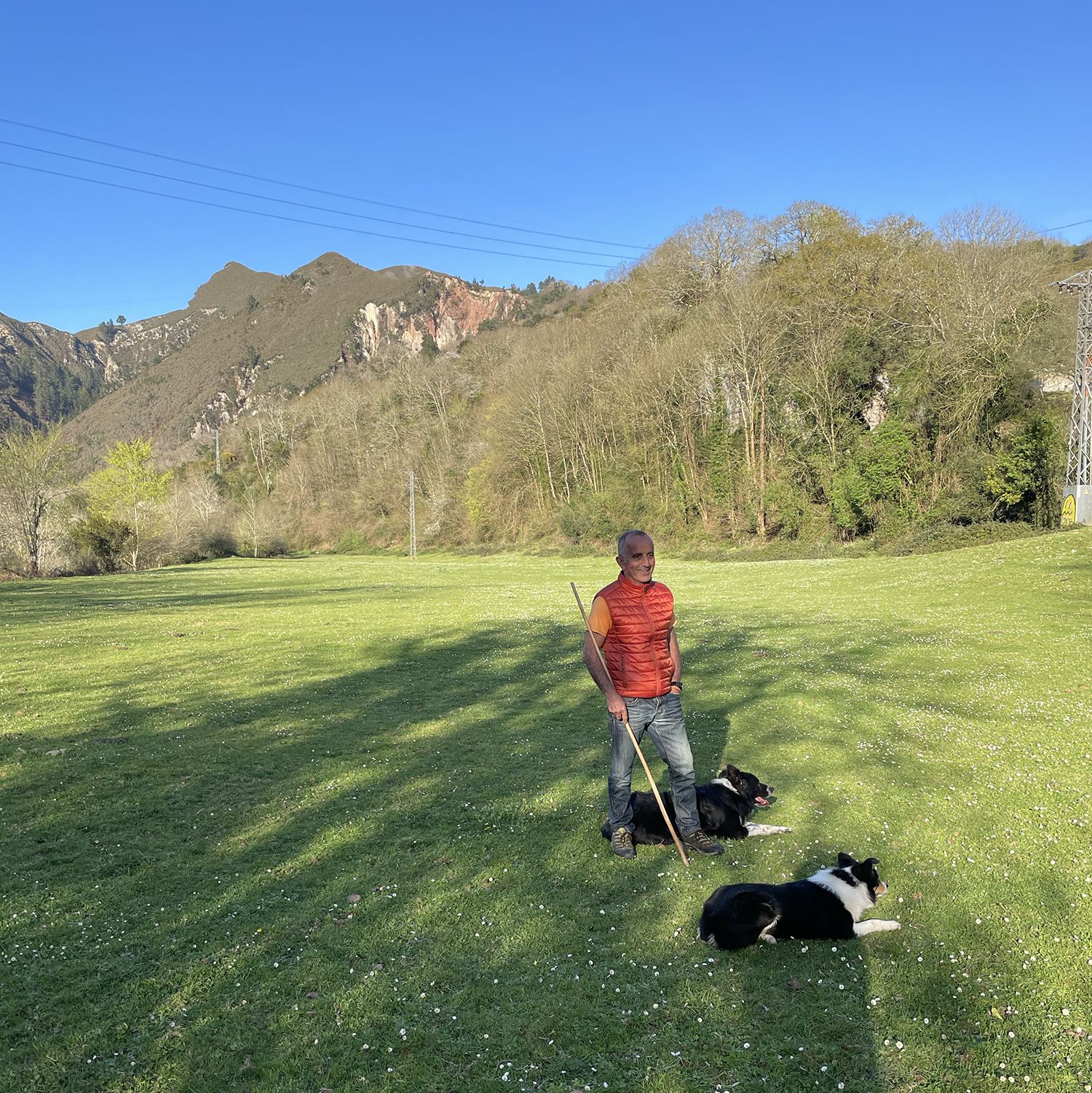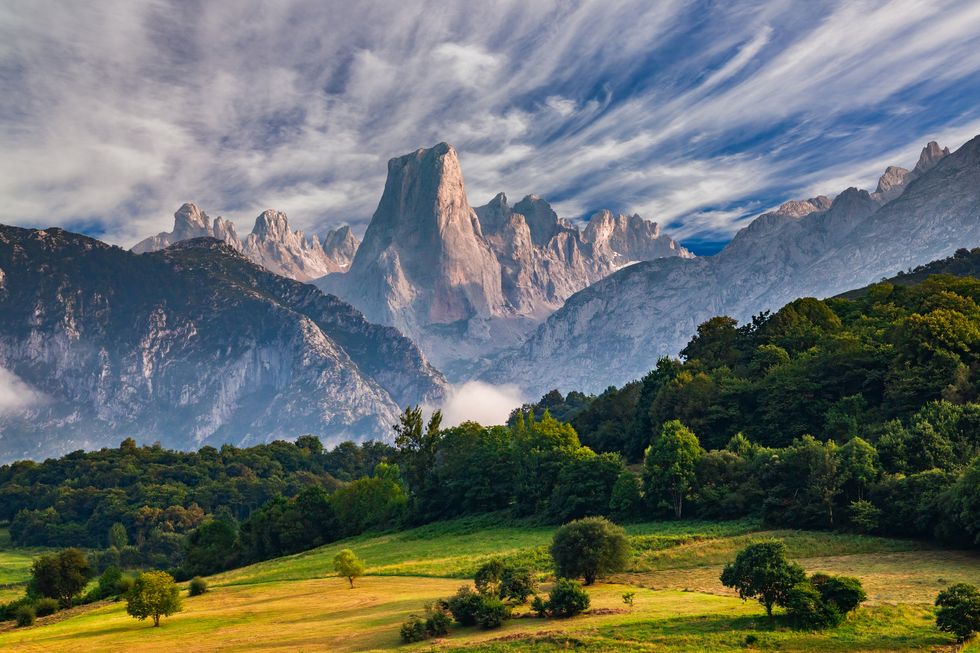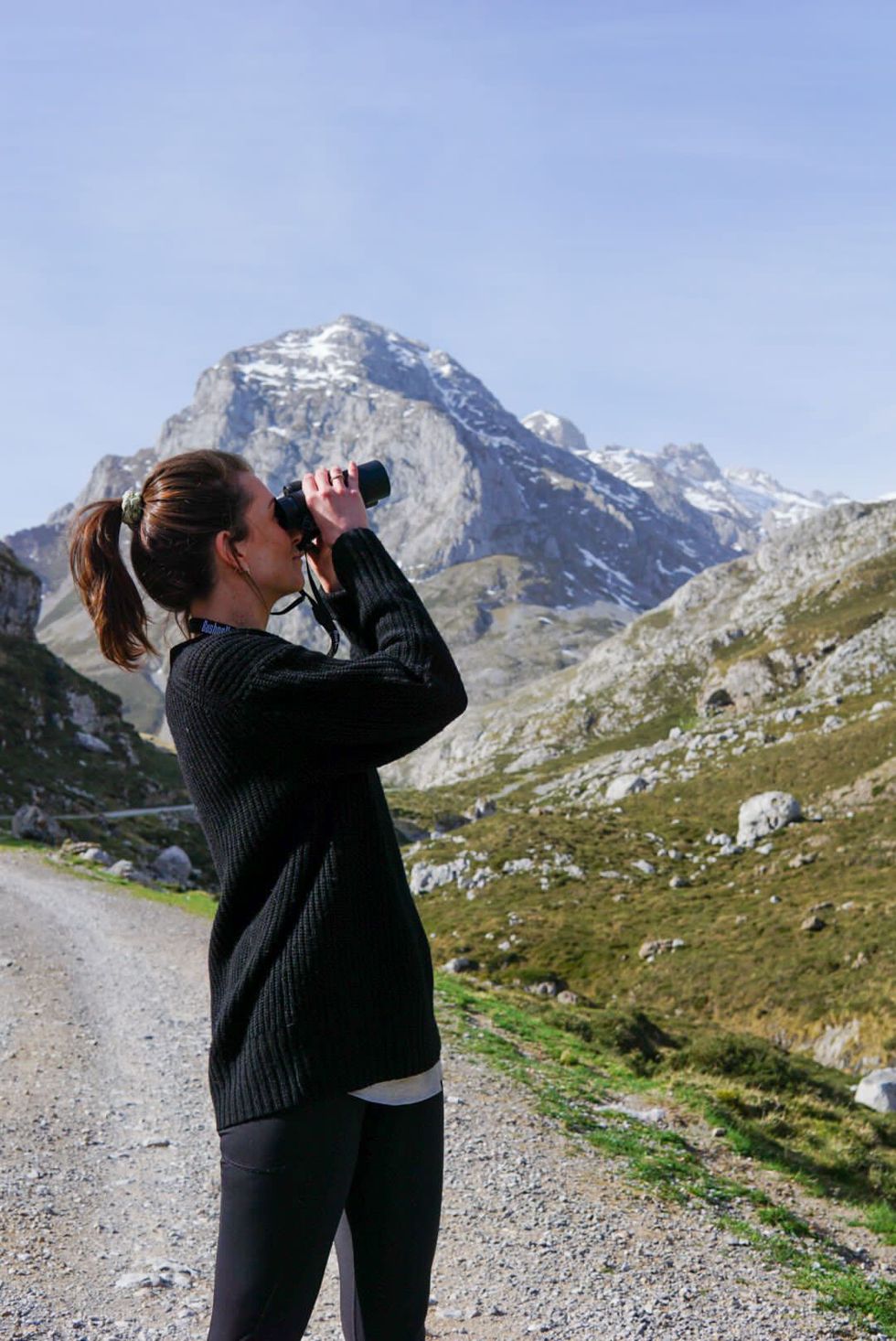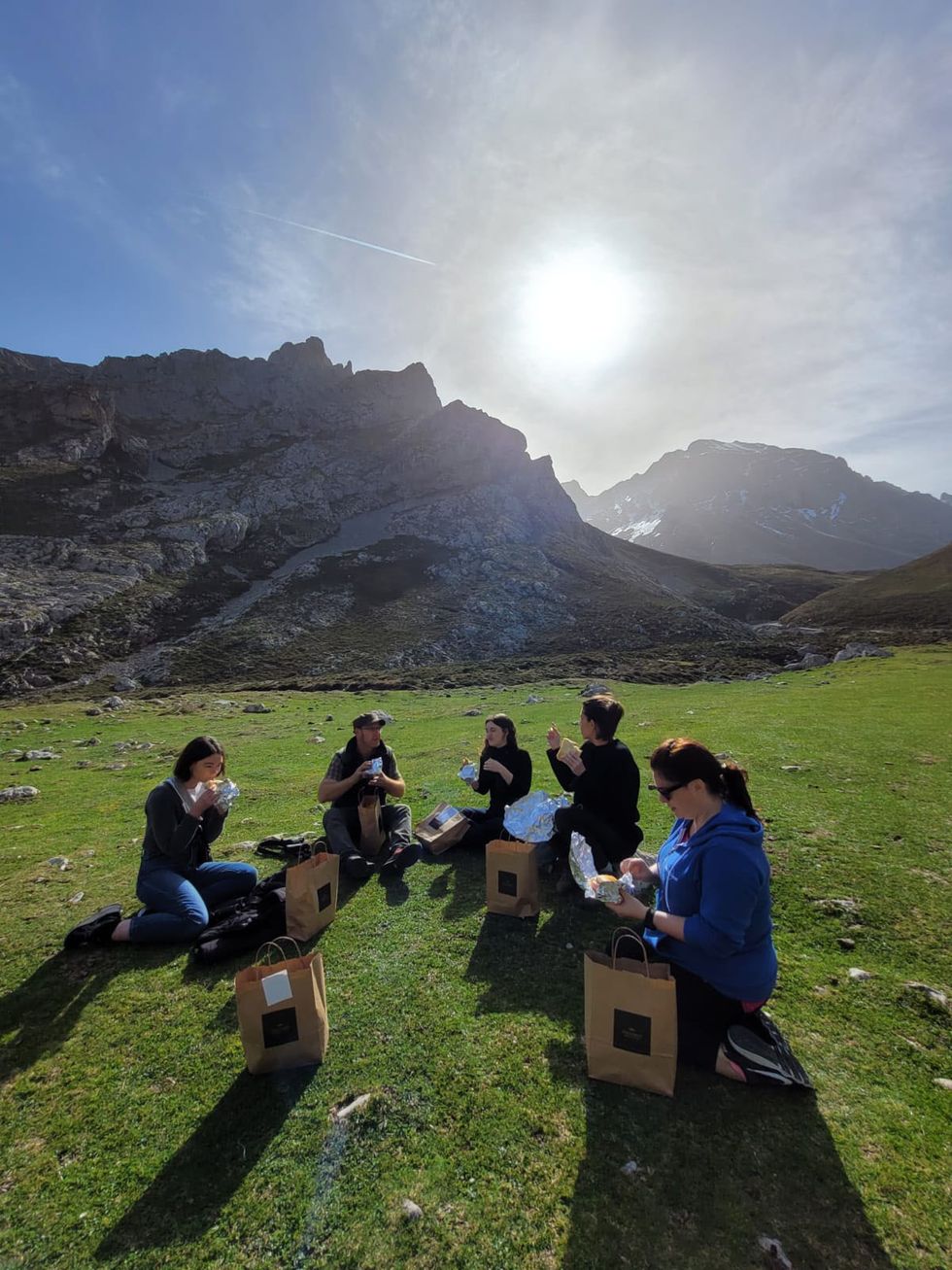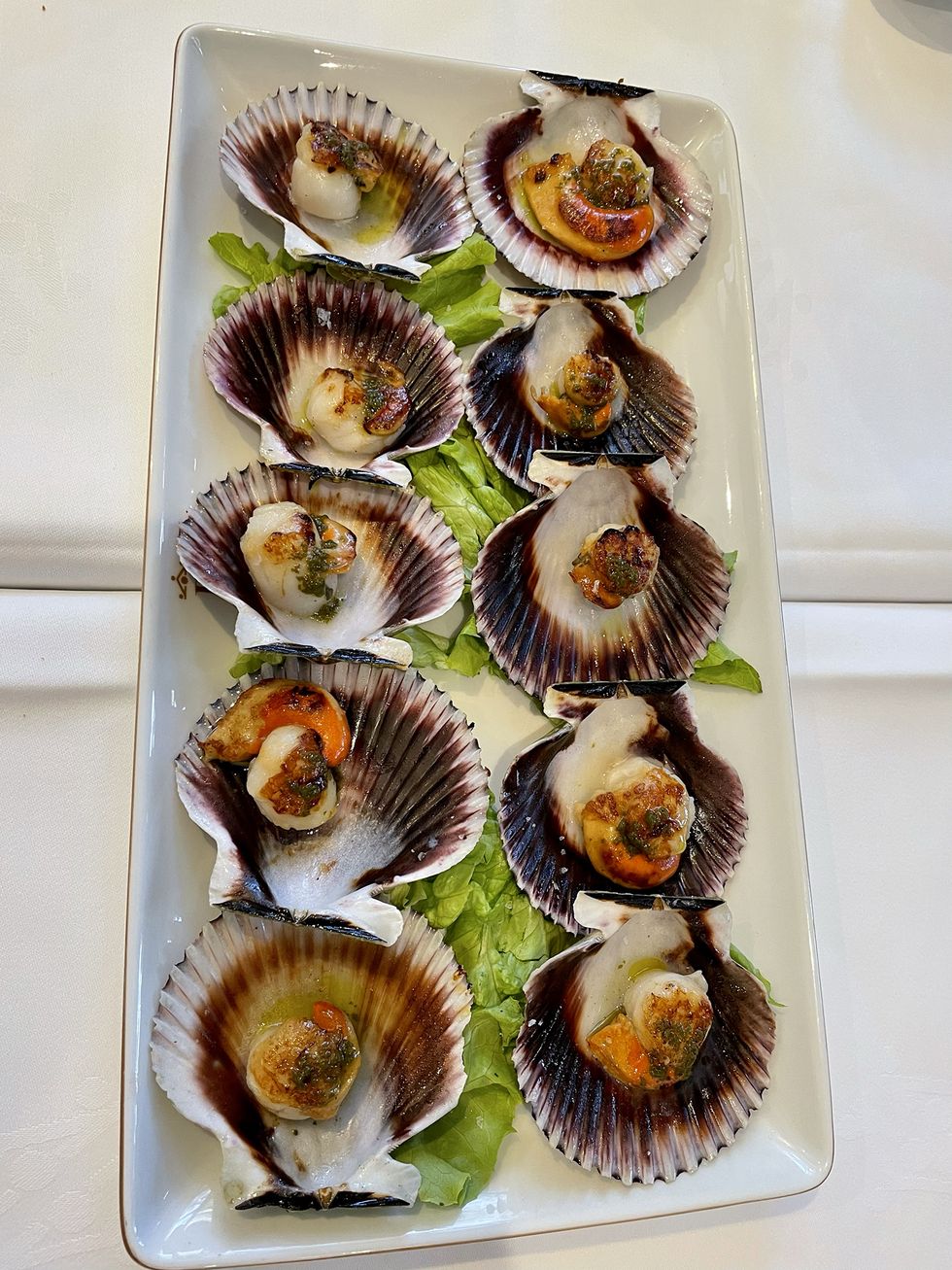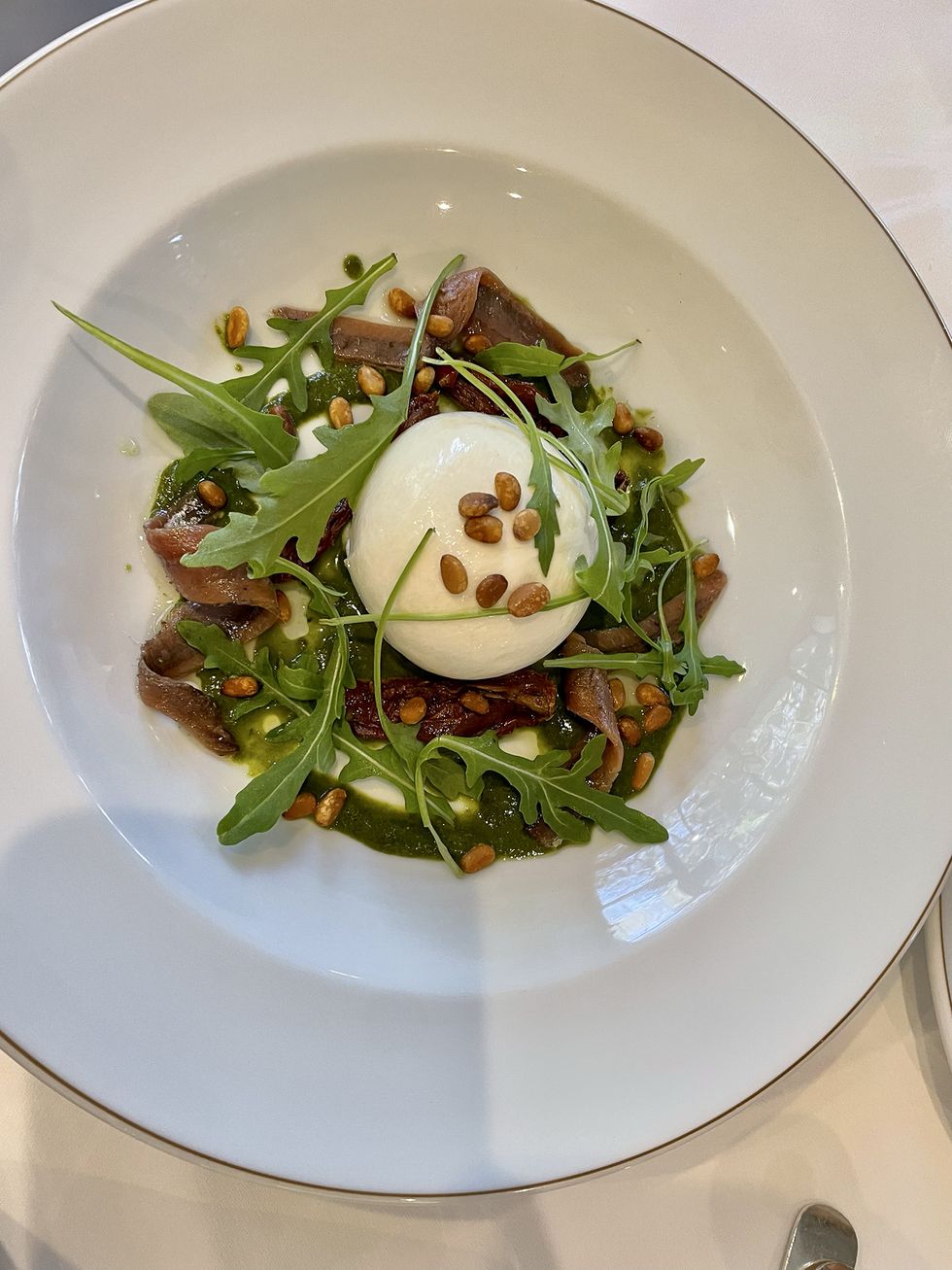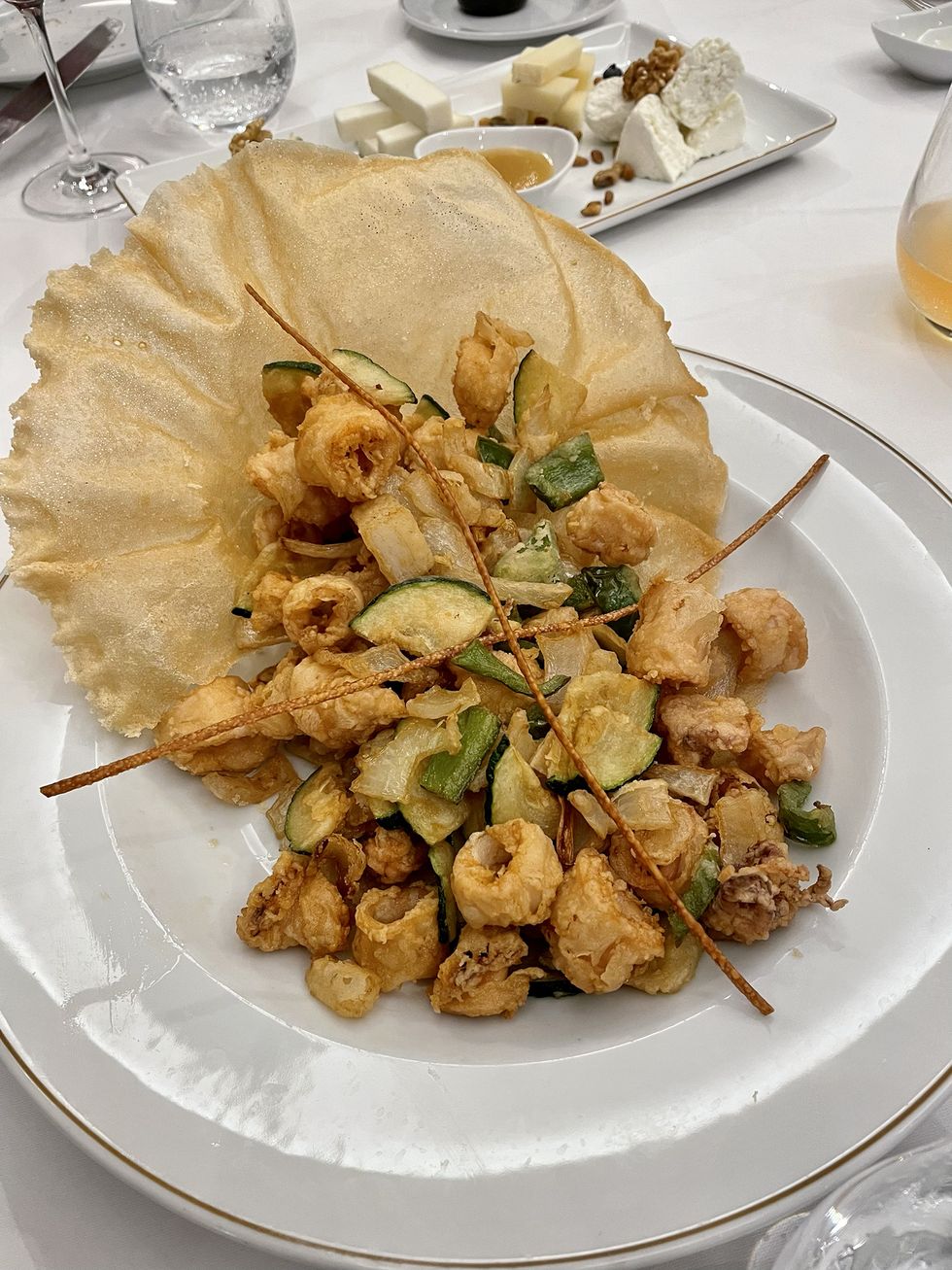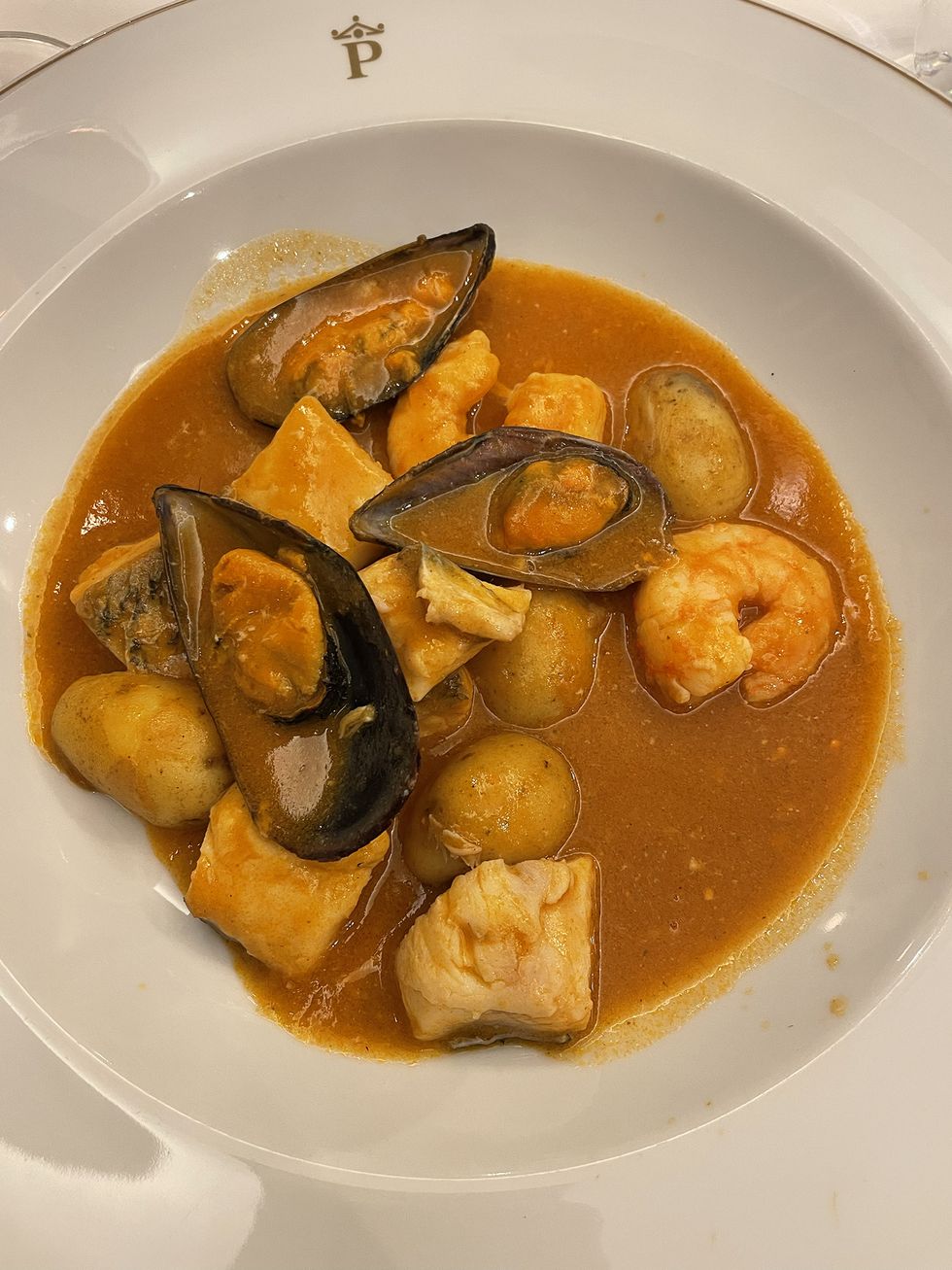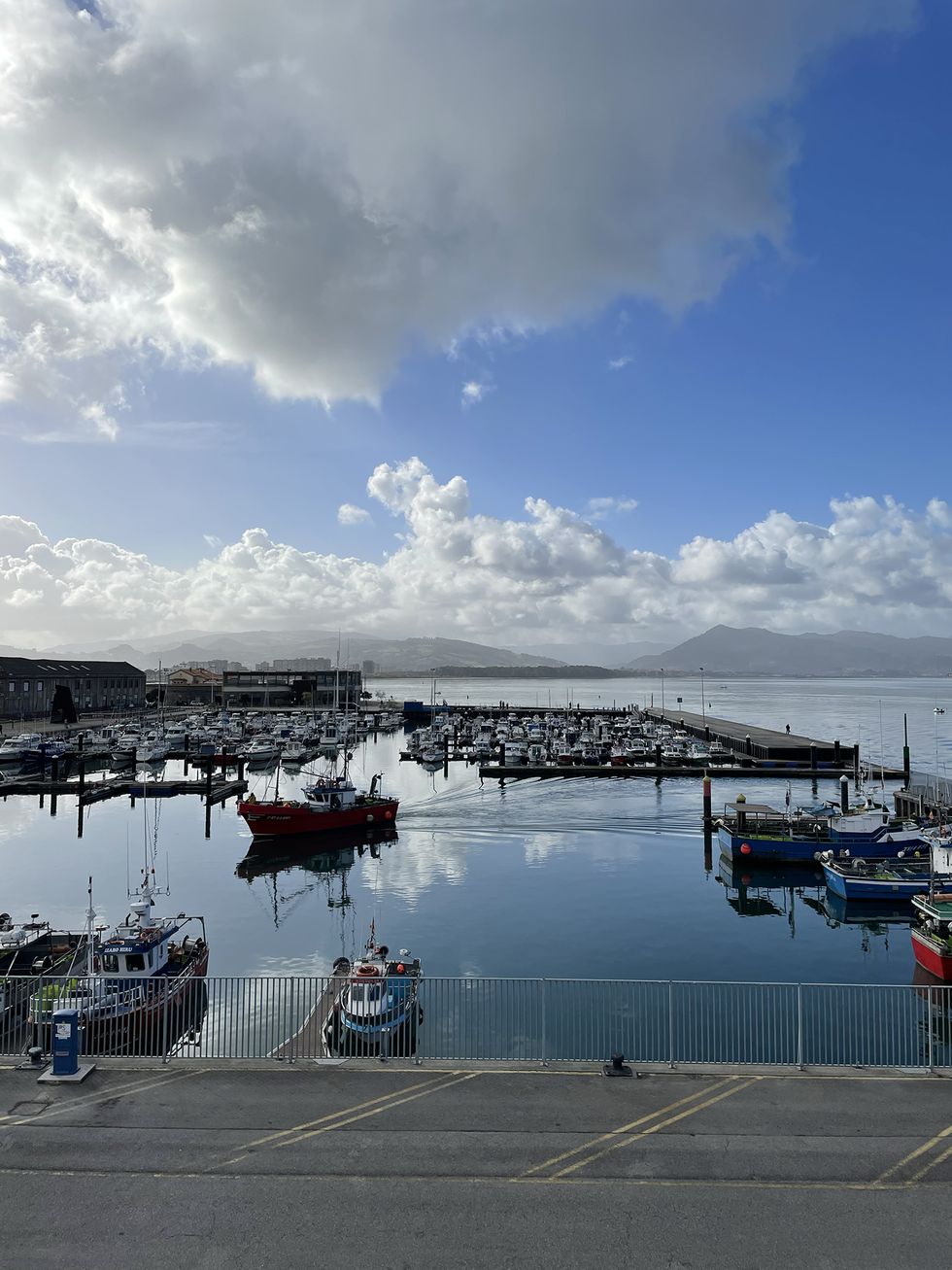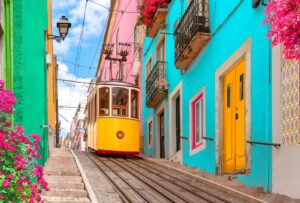I chose a 33-hour ferry over a 2-hour flight to Spain for a slow trip all about nature
6 min readAll too often in modern society, we take for granted how quick, easy and convenient many things have become. As such, we no longer give them the appreciation and respect they deserve.
Take cleaning your car, for example. It’s commonplace to whip through a roadside tunnel of suds, £8 lighter but barely a dent in your day. Gone are the days we sponge-cleaned them by hand, appreciating the wear on the tyres and the miles on the clock.
For me, this need for appreciation swells in relation to slow travel in general. To be able to spend time in another location – be it a far flung country or a relative neighbour – is a privilege. But, for those who can afford it, it’s seen as a basic right to take a holiday abroad every year.
Speedy planes, cheap flights, package deals; in just a few hours, we are in an entirely different country. And when we land, do we stop to appreciate the engineering it’s taken to transport us there? Unlikely. We are probably already complaining about the passport queue.
My love of slow travel is picking up pace
This summer, I went to North Spain for a week. Not by plane, but by boat. It took 33 hours, each way.
“Why would you do that?” friends asked, when I could have jumped on a two-hour flight to Bilbao for a mere £60 return.
I was attracted to the slowness, the newness and the idea of seeing the travel as part of the adventure. I turned up at Portsmouth, ready for a 9:30pm departure to Santander with Brittany Ferries and two nights in a private cabin.
It was a great experience and one that has changed how I consider travel. Here’s why…
IT’S MORE ECO
It was exciting to be taking an alternative mode of transport and a more environmentally-conscious one. It has been calculated that traveling by ferry has a 20 to 30 times smaller carbon footprint than traveling by plane – and that figure is exacerbated when considering short-haul flights (anything between 30 minutes and three hours).
Also, Brittany Ferries is one of the first companies accredited by the Green Marine eco-label, which is driving best practice in maritime sustainability. The certification considers seven criteria, including emissions and underwater noise.
I was aboard the Salamanca, the first in the fleet to be powered by LNG (liquefied natural gas) fuel, which produces 20% fewer carbon dioxide emissions than traditional fossil fuels.
No engine-powered travel is completely clean – but I certainly felt lighter about the heavy impact holidaying has on the planet.
I ARRIVED RELAXED
The long ferry allowed me to stop, breathe and settle into holiday mode. I tied up emails and life admin. I switched off and watched films.
As my mind slowed to meet the pace of the big, trundling ship, I was in awe of how far Spain actually is. It is not a 120-minute flight. It is 500 nautical miles across the English Channel and the Bay of Biscay. It was a good way to gain some perspective.
I SAW DOLPHINS!
A lover of nature and wildlife, my eyes were constantly peeled for the guardians of the sea. When we spotted a school of leaping dolphins, I was thrilled!
Brittany Ferries take part in a number of marine wildlife research projects including measuring seawater quality for the CNRS/INSU biological station in Roscoff, collecting plankton samples to help scientists assess the effects of global warming, and hosting wildlife officers from ORCA six months of the year.
It’s not all about the transport – the whole trip was slow and sustainable
When in Spain, my whole itinerary focused on slow, nature-inspired and eco-conscious experiences, from the hotels and cuisine to the activities and day trips.
THE HOTELS
I stayed in two Paradores, part of the state-owned Paradores de Turismo de España. The 98 hotels across Spain specialise in sustainable tourism and collaborate with around 50 conservationist NGOs, using holiday makers’ money to help fund eco projects and local community initiatives, as well as teaching their guests all about them. All Parador hotels use 100% renewable energy and are working towards a goal of carbon neutrality by 2030.
A truly memorable experience was my stay in the Parador Cangas de Onis in Asturias. On the edge of the Picos de Europa, it was a stones throw away from the most beautiful mountainous landscapes I’ve ever seen (and that includes the Austrian Alps!). The hotel itself is a converted monastery and oozes history and tradition. It has a real presence; a building that has lived a fascinating life of its own before allowing people to sleep within its walls.
THE EXCURSIONS
Parador Cangas de Onis runs a Nature for the Senses activity programme, partnering with local tour guides and experts to provide guests with a sustainable tourism itinerary. The aim is to revitalise the area, provide opportunities for the locals and inject profit from tourism back into the communities of rural Spain.
I did the sheepdog herding experience with local farmer, Pepín, (€8 for adults/€4 for children) where he explained that the region’s young people are less drawn to agricultural careers and want to move to the cities. With no-one to pass regional traditions on to – plus the challenging combination of economic pressures and the effects of climate change – some ways of life are likely to die out. Sharing them with tourists in one way to keep them alive.
The standout experience was a day in the Picos de Europa national park with wildlife expert and founder of sustainable tourism company Pro Natura, Fernando Abarquero (Chamois, King of the Park excursion, €50). We jumped in his 4×4 and headed along the winding mountain roads watching the scenery grow and grind into breathtaking peaks.
The main mission of the day was to spot chamois in the wild. Pulling over and setting us up with binoculars, Fernando showed us what to look out for as we searched. He explained that, if the local wolf pack had walked across the area during the night, the chamois would still be in hiding.
Bird-obsessed, I was secretly on the look out for raptors. But when I thought I’d spotted one of the region’s grifon vultures, I realised it was actually a sturdy-footed goat in the distance. We’d found them.
Pleased with my beady-eyed efforts, Fernando directed us to a beautiful picnic spot amongst a collection of abandoned farmers’ huts. With mountains enclosing us, the sun beating down and a welcome feeling of detachment from everyday life, I was in heaven; a real pinch myself moment.
Spending time meeting and talking to locals like Pepín and Fernando allowed me to connect with the region in a richer, more meaningful way. Learning about tradition, farming, produce and community values brings a human element to a holiday destination. This is an important part of slow and sustainable travel and, if done well, highlights how spending your money helps the local economy and funds small businesses.
THE FOOD
Paradores pride themselves on sourcing and serving local produce in their plastic-free restaurants. Each hotel aims for zero food miles, collaborating with farmers, growers and producers as close to the kitchen as possible.
The dishes we tried at Parador de Limpias and Parador Cangas de Onis were delicious and felt like a true taste of Northern Spain. Fish and seafood were a must at every opportunity. We enjoyed fried squid, chunky monkfish and prawn stew, and seared scallops.
The region is famous for anchovies and they are celebrated in quick bites through to fine dining. We sampled the salty hits with rich, creamy burrata.
We visited an anchovy factory in Santoña to see the small fish being deboned by hand by diligent locals. Sticking to tradition and doing it by hand means they process less fish but it also ensures minimal waste. The offcuts that do occur are put to good use as animal feed for local farmers. The painted tins were lovely.
We also met local artisan cheese makers, El Cabriteru, who pride themselves on bringing century-old recipes into the modern day. Their passion was infectious.
Would I take the long road again?
Absolutely. The slow, sustainable, local nature of the trip allowed me to connect with the experience in a deeper way; the nature, the food, what it’s truly like to live there, the people, the history-rich hotel.
I had the time and space to savour it and return home with a greater feeling of gratitude for the wonder that is travel.
